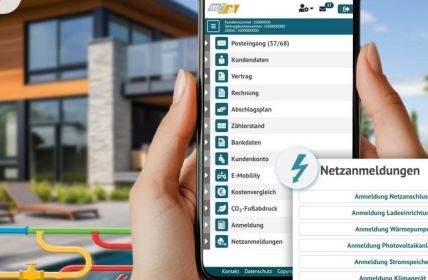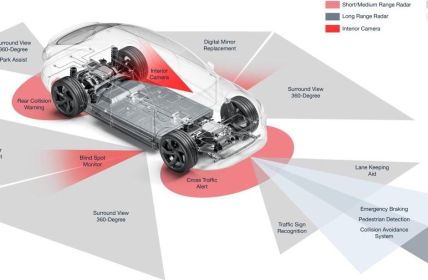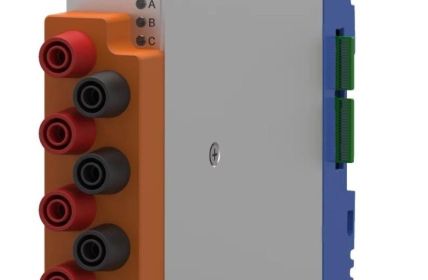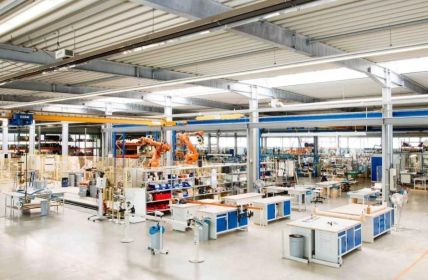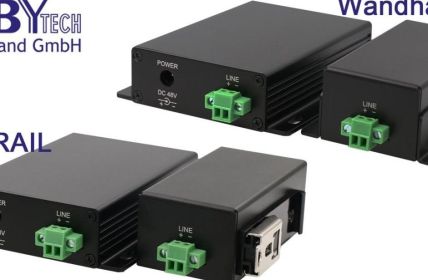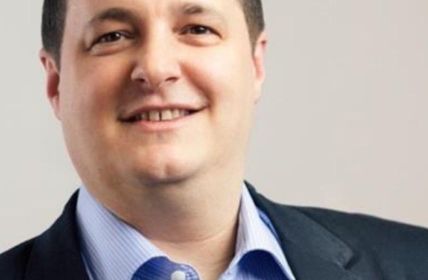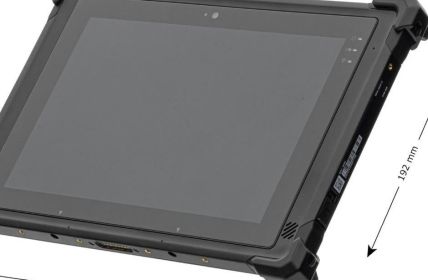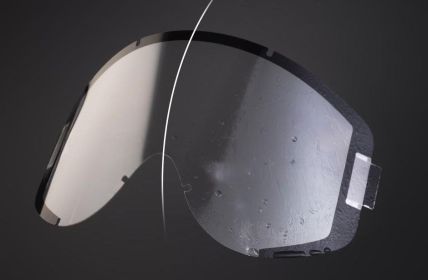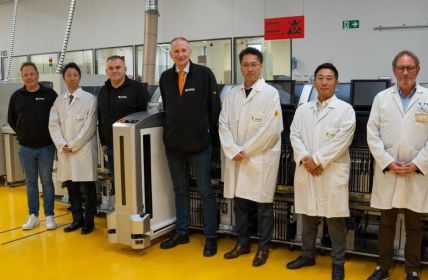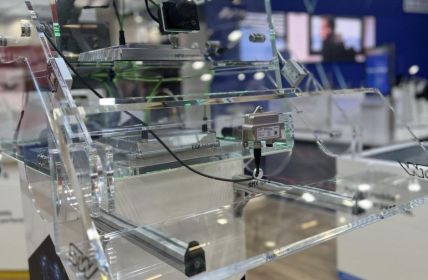ELEMENT IoT Open Data offers the possibility to make data from various smart city applications accessible to everyone. With the software, Zenner has created a solution to make data provision to citizens easy and automated for municipal utilities, energy providers and local authorities.
According to the Data Use Act, citizens have the right to free access to important public sector data. This involves information such as water levels of standing and flowing waters, occupancy of public parking spaces, fine dust pollution, filling levels of recycling containers or the detection of ground frost, which can be determined from smart city applications. Zenner IoT Solutions has developed ELEMENT IoT Open Data, a far-reaching solution for public sector data provision.
Digitalization is transforming more and more cities and municipalities into smart cities. Digital structures ensure that a lot of data is collected that is of interest to the general public. Such digital structures can also be captured by the ZENNER software, for example.
The Data Usage Act (DNG) obliges public bodies to make this data available to the public on a non-discriminatory basis. The data is collected and compiled from the water, transport and energy supply sectors. ELEMENT IoT Open Data provides the appropriate software solution for this purpose. With this module, all smart city stakeholders can quickly and easily meet all requirements of the data usage law.
ELEMENT IoT Open Data: Easy-to-use software.
“With ELEMENT IoT Open Data, we are providing municipal utilities, energy providers, local authorities and other operators of IoT solutions with an easy-to-use tool through which they can make both sensor and associated metadata available to citizens.
The module supports the entire process from the selection of the data to be released, to the self-registration of the citizens, to the output of the values in open, machine-readable formats,” explains René Claussen, Managing Director of ZENNER IoT Solutions GmbH.
ZENNER’s solution works in line with the German government’s open data strategy. Providing data in this way strengthens the trust of citizens in local authorities and political institutions and creates transparency. In addition, such software promotes progress in the digital age. Citizens, the business community and the media can thus play an active role in shaping digitization.
ZENNER relies on an open network protocol
For the implementation, ZENNER IoT Solutions relies on the open network protocol MQTT. With this, users can get easy and free access to all the information they need. The data is evaluated and published in real time so that it is always up-to-date. The measurement data is made available from the Internet of Things via MQTT in a text format. MQTT is therefore now the standard in the IoT and can be connected directly with other urban data platforms.
The data is distributed by a broker. This is included as a managed service in ELEMENT IoT Open Data. This allows IoT providers to focus on mapping their own use cases, as ZENNER takes over the maintenance work and operation of the IT landscape.
ELEMENT IoT Open Data can visualize data
Some municipalities and cities additionally want data visualization. This is also possible with ZENNER’s Smart City Dashboard. Here, users can get an overall view of all data from IoT applications in the smart city.
Stakeholders can also obtain the information they need for their own applications. For example, the fill levels of garbage containers can be transmitted to the local waste disposal company. Dew point information can also be passed on directly to the municipal winter service. These can act quickly by means of the data. “Our dashboard is a shop window for citizens to the data of the smart and connected city,” Claussen explains.
“You can do more with this data than just use it in public administration. Open data, accessible to all citizens, offers more transparency, more citizen participation, and the opportunity to spin off new services or business models.”



